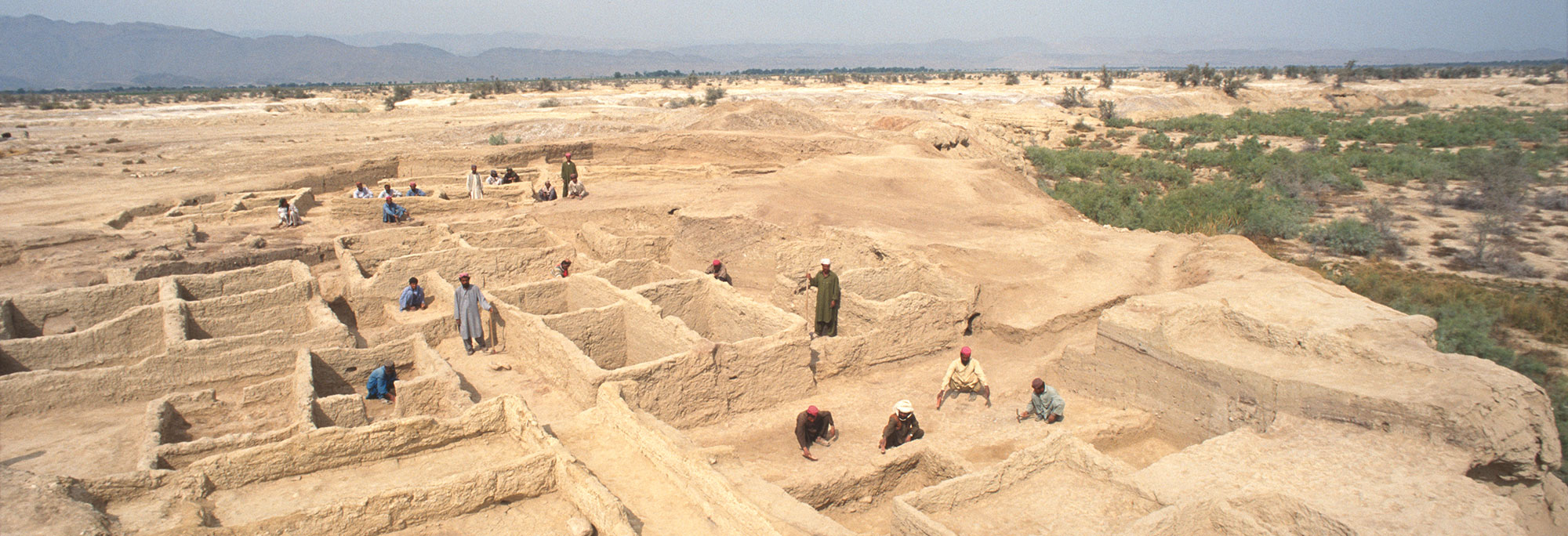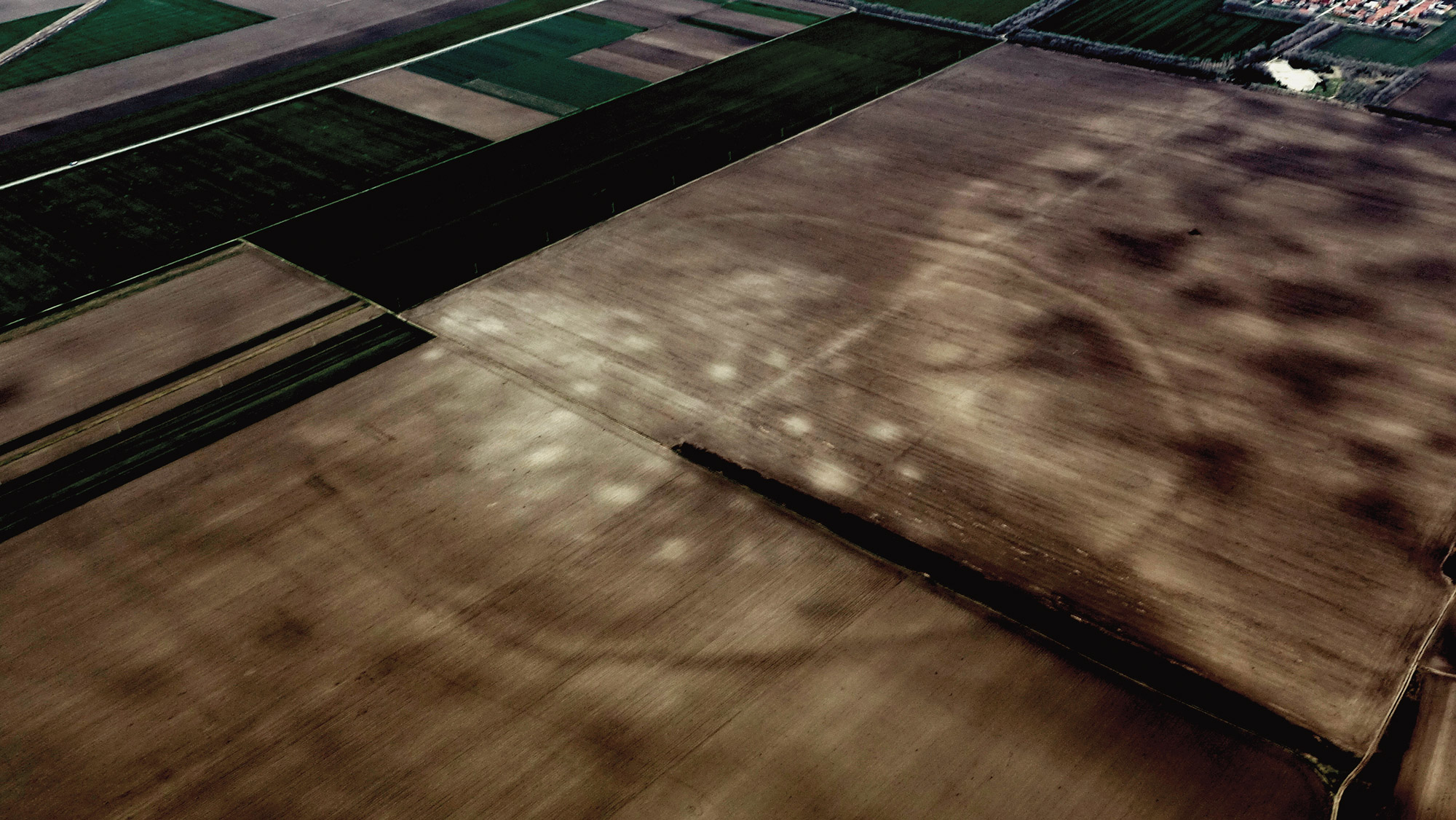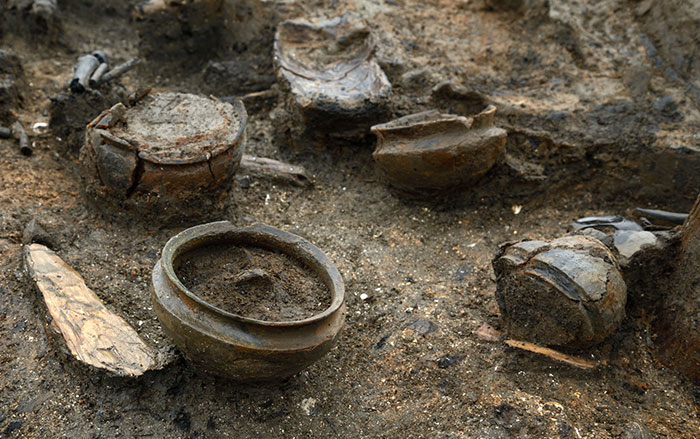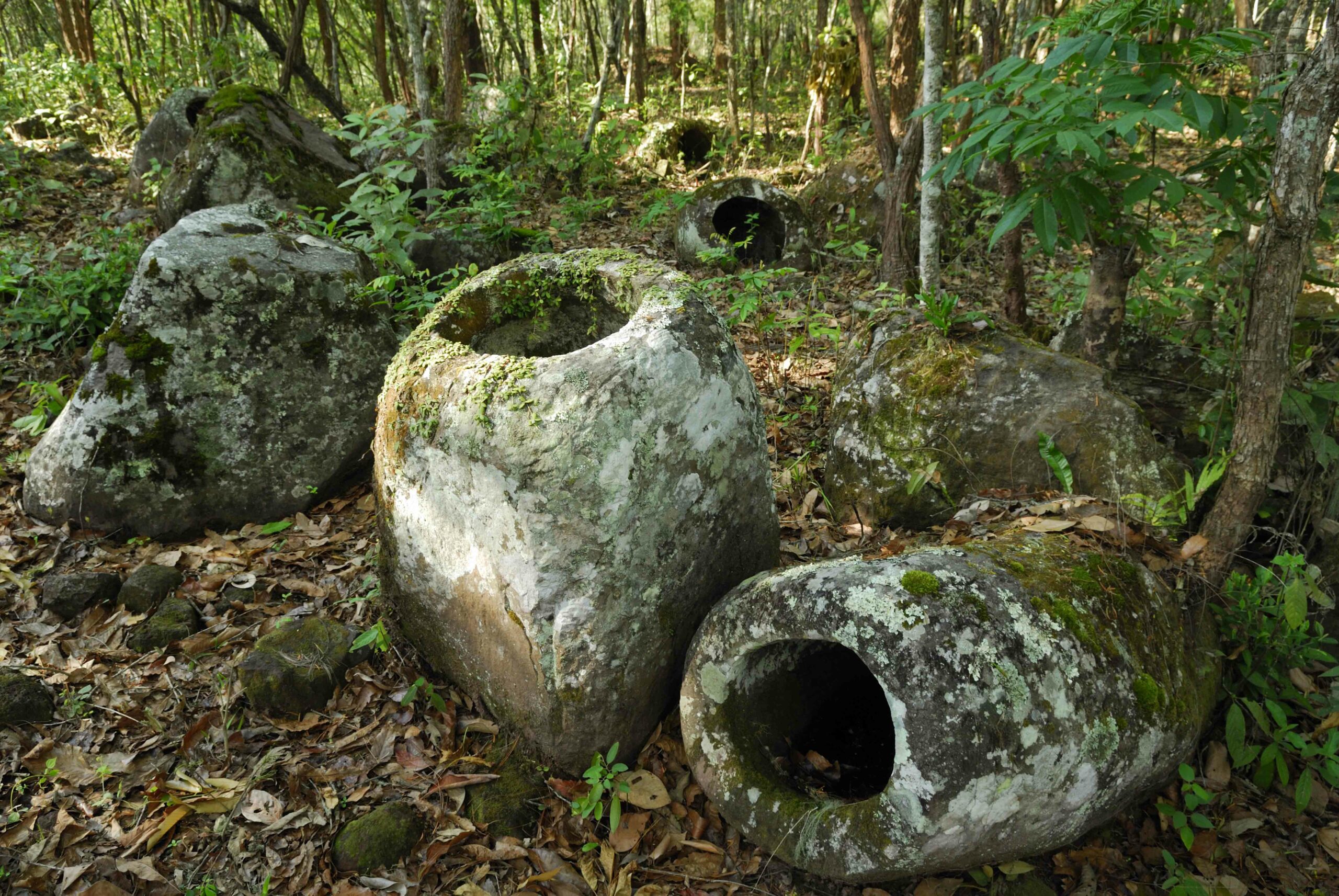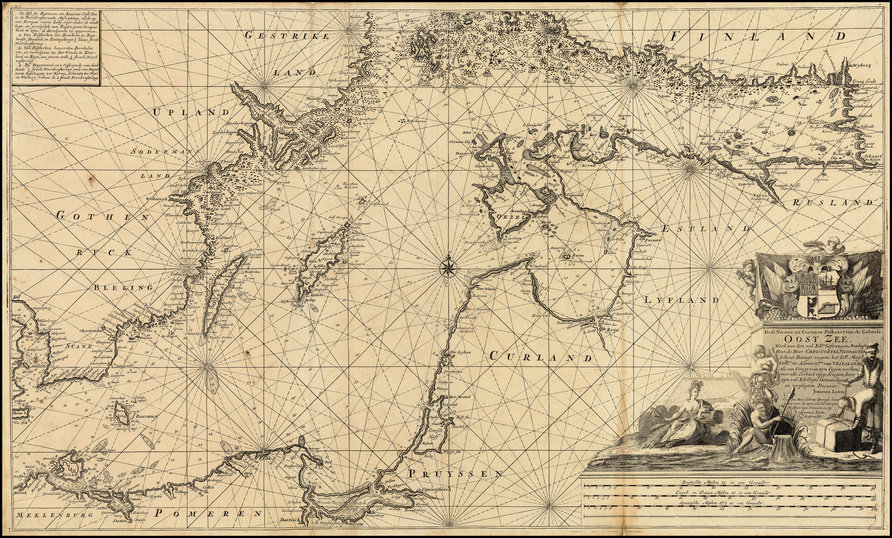
DUBLIN, IRELAND—Genome Web reports that researchers from Trinity College Dublin, the University of Cambridge, and University College Dublin analyzed human remains from Latvia and Ukraine ranging in age from 8,300 to 4,800 years old, and found little change in the Baltic hunter-gatherer genome through the Neolithic period. The study suggests that farmers from the Middle East, who migrated into Central and Western Europe, where they interbred with hunter-gatherers and eventually replaced them, did not expand into the Baltic. And, archaeological evidence supports the idea that the transition to farming occurred slowly in the Baltic. Hunter-gatherers there are thought to have adopted domesticated livestock, the cultivation of grains, and pottery through trade and cultural contact with farming communities. The study did detect a possible migration of people from the Pontic Steppe to the East some 5,000 to 7,000 years ago. These people may have brought early Slavic languages to the Baltic with them. For more, go to “The Neolithic Toolkit.”



